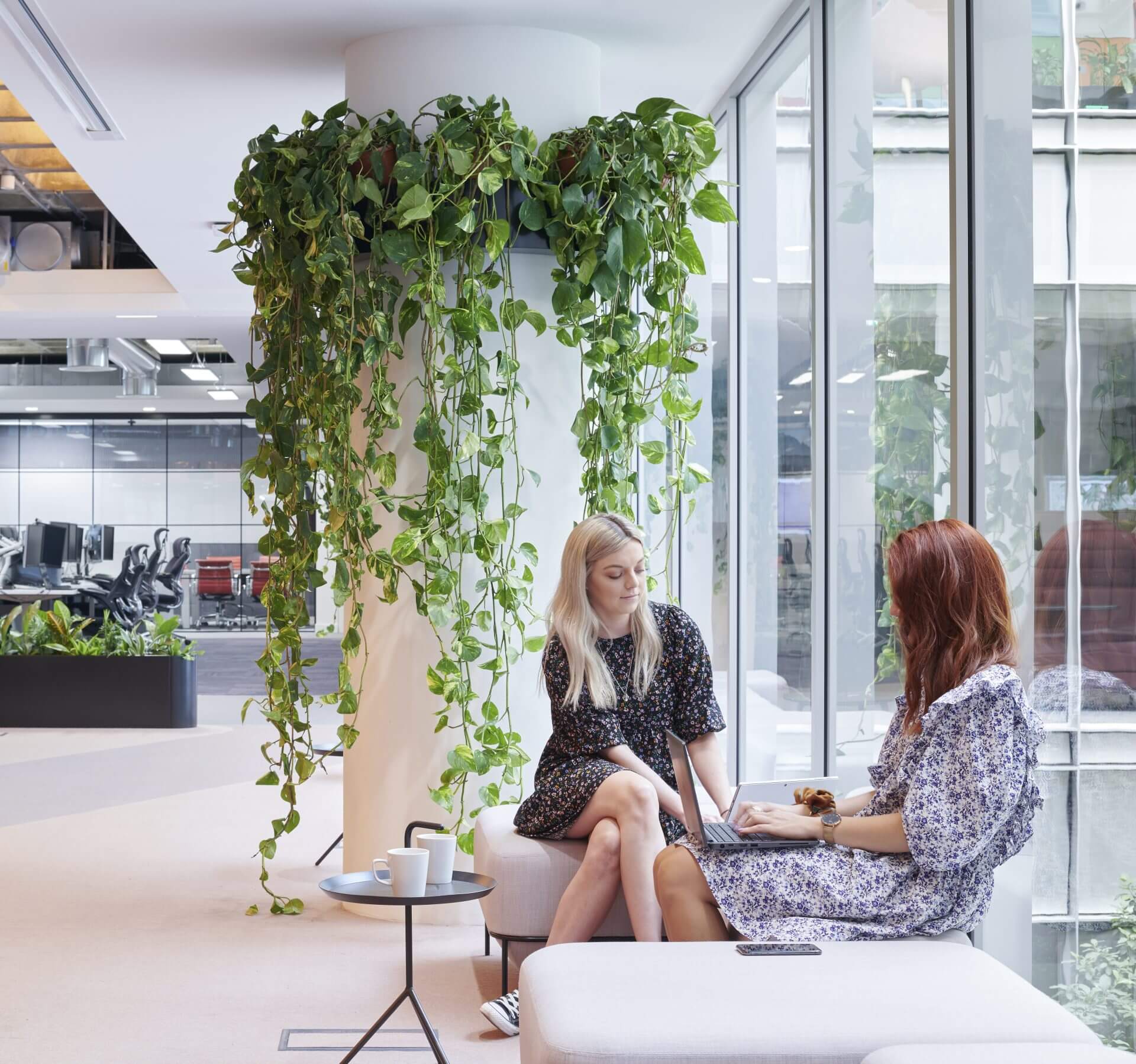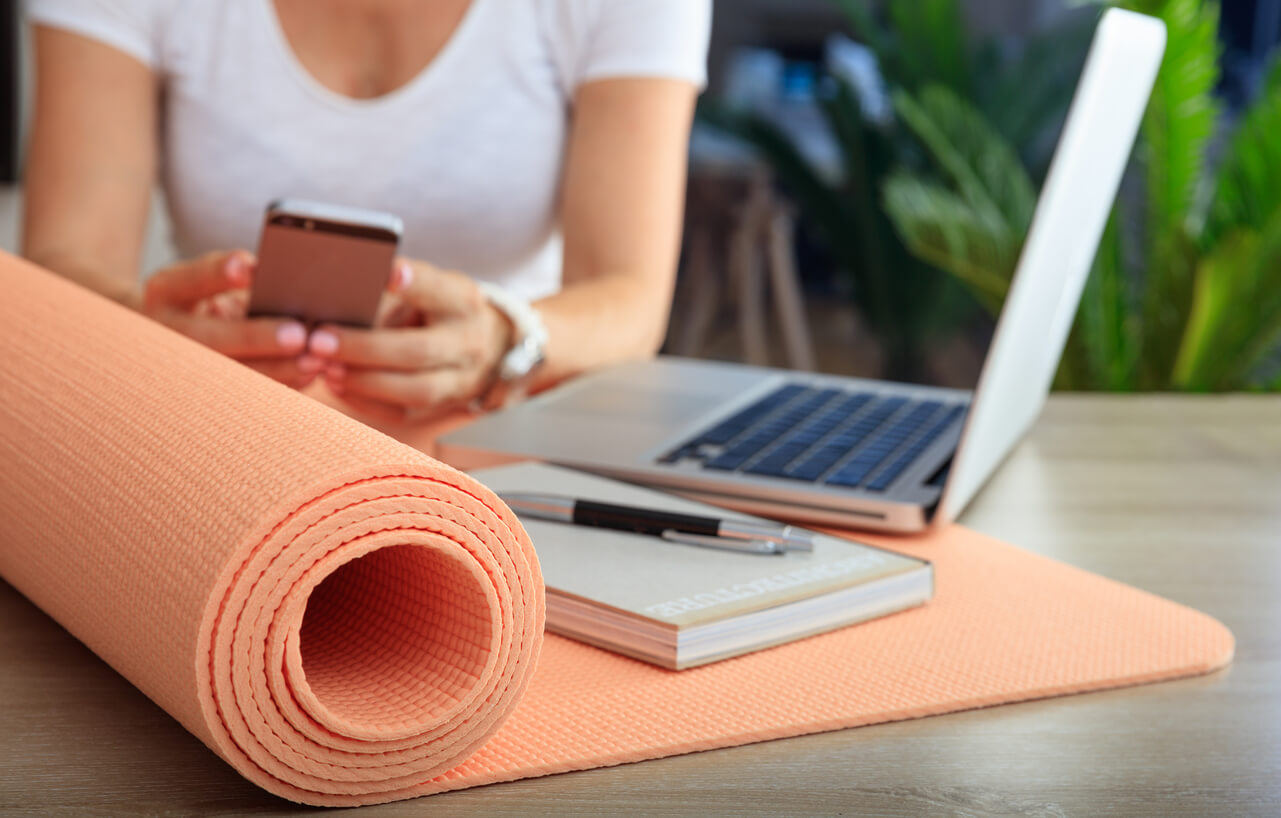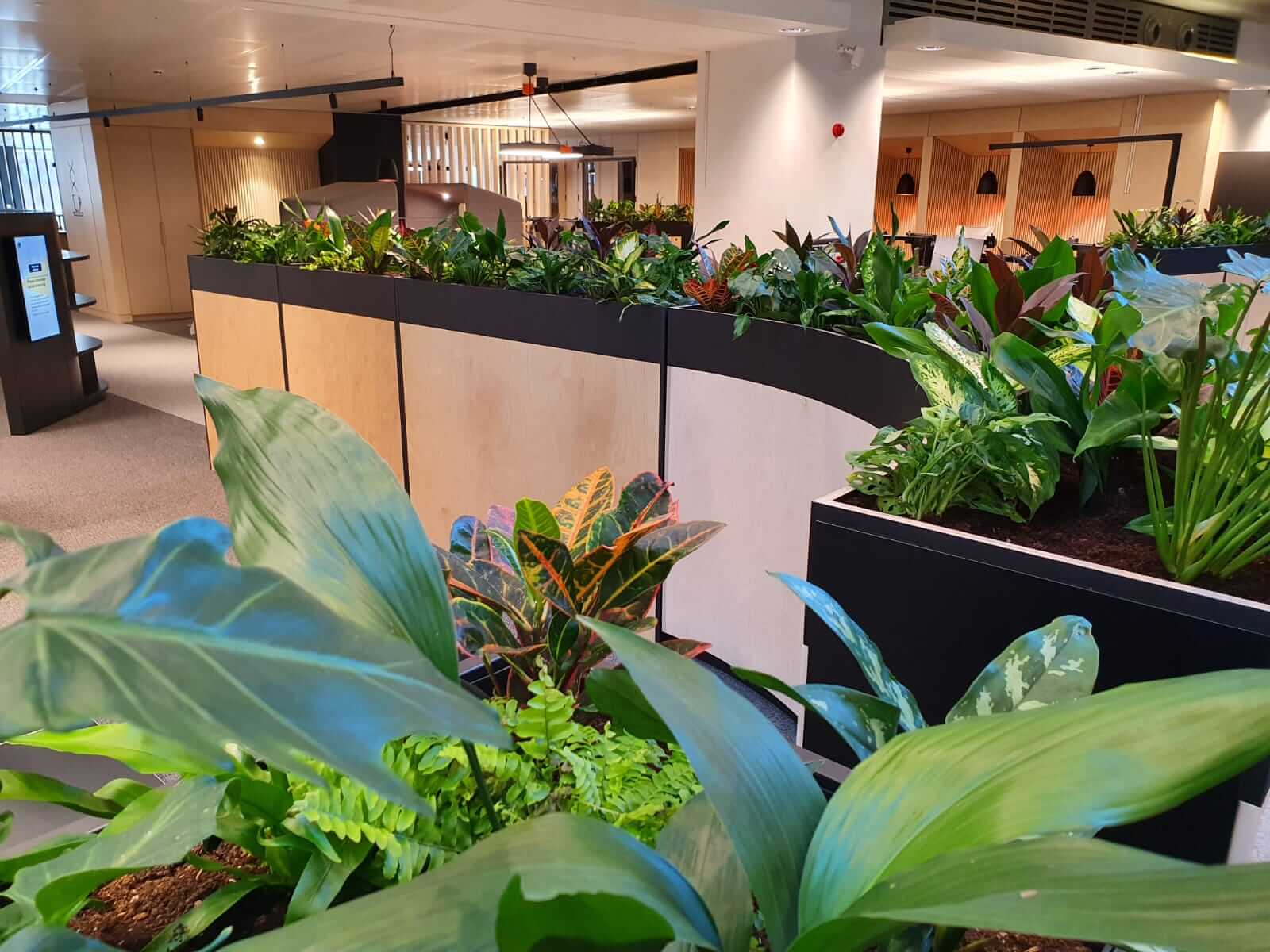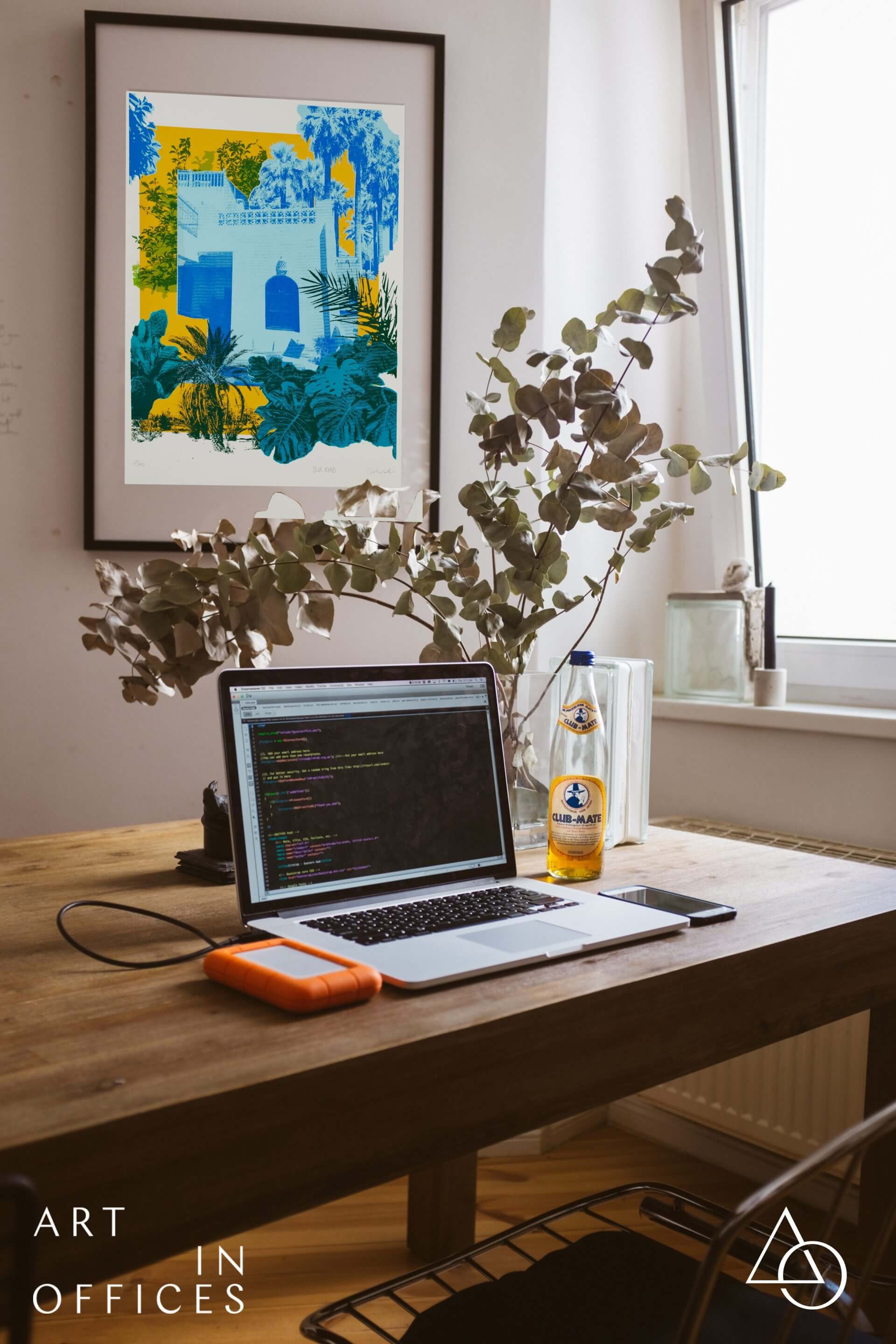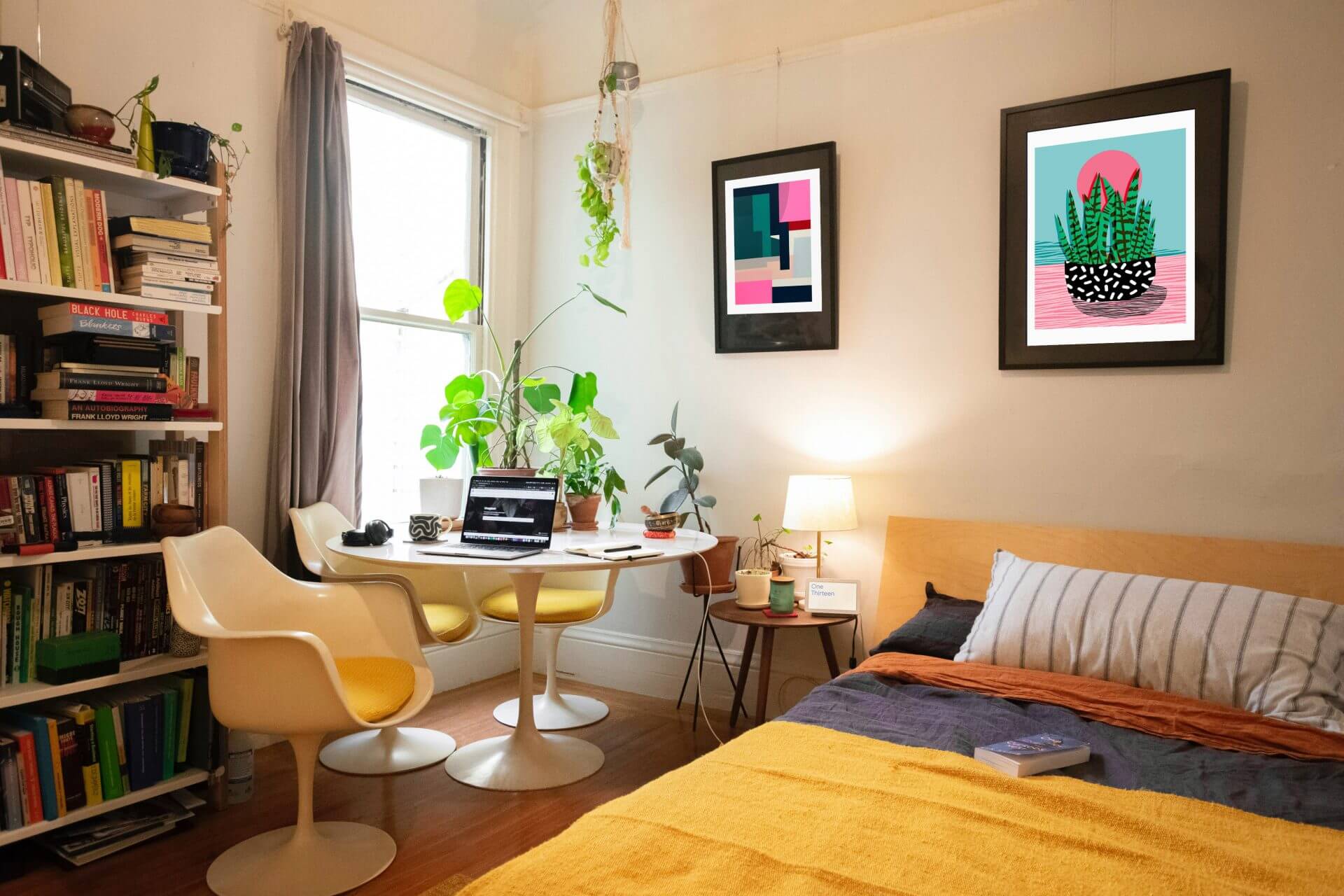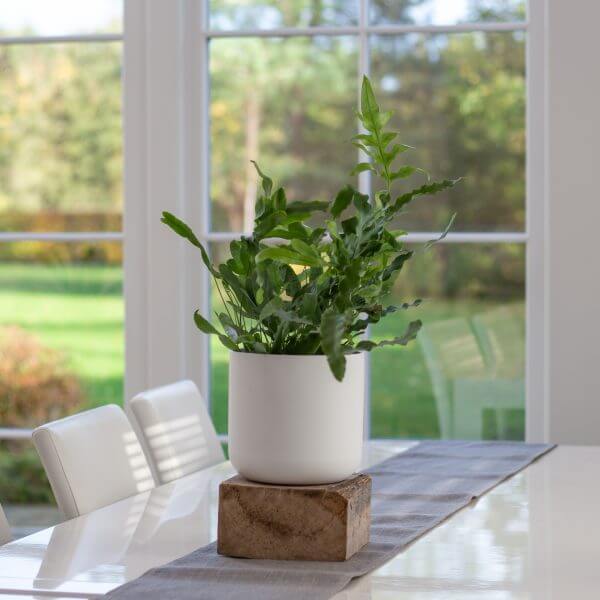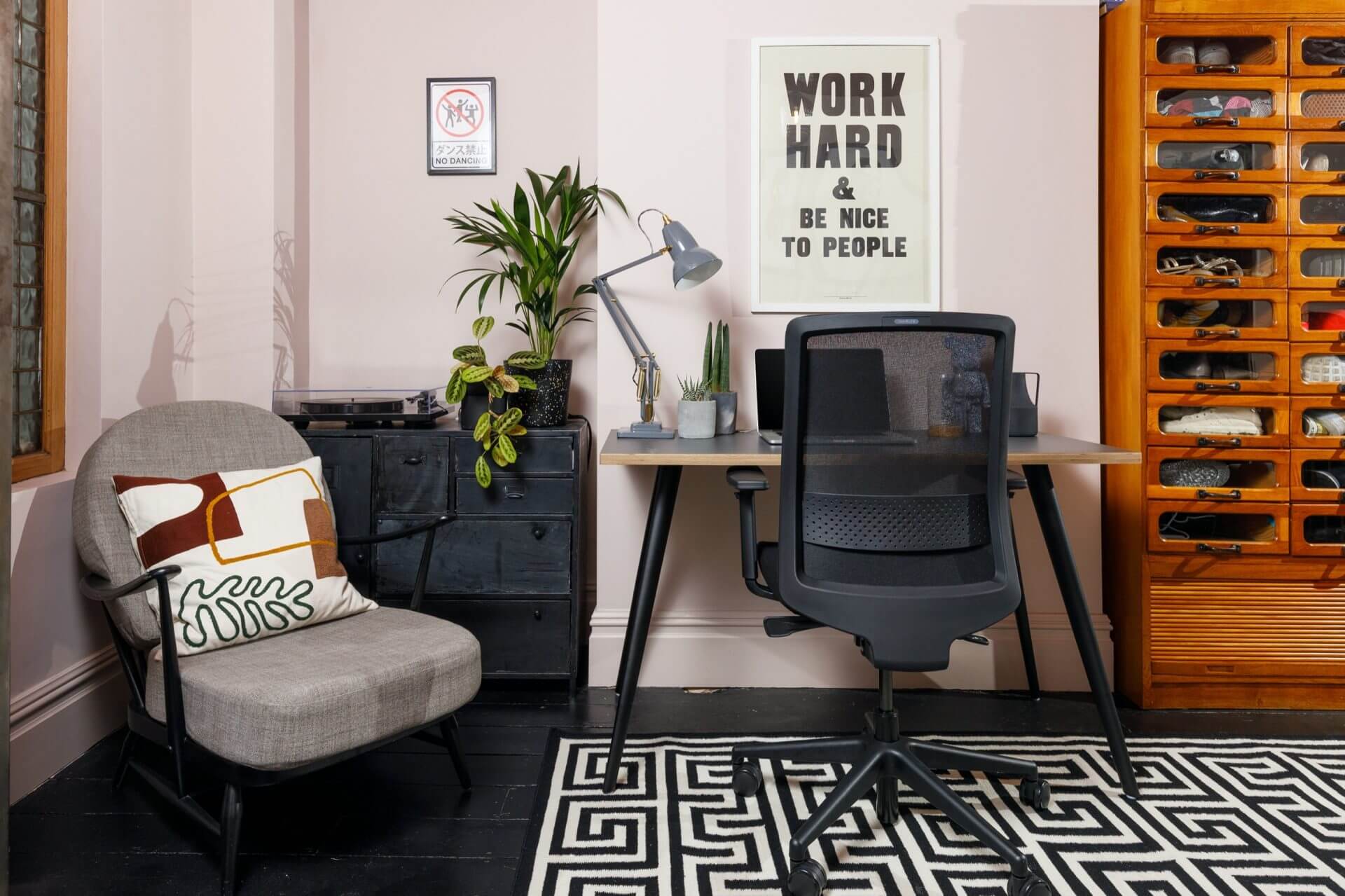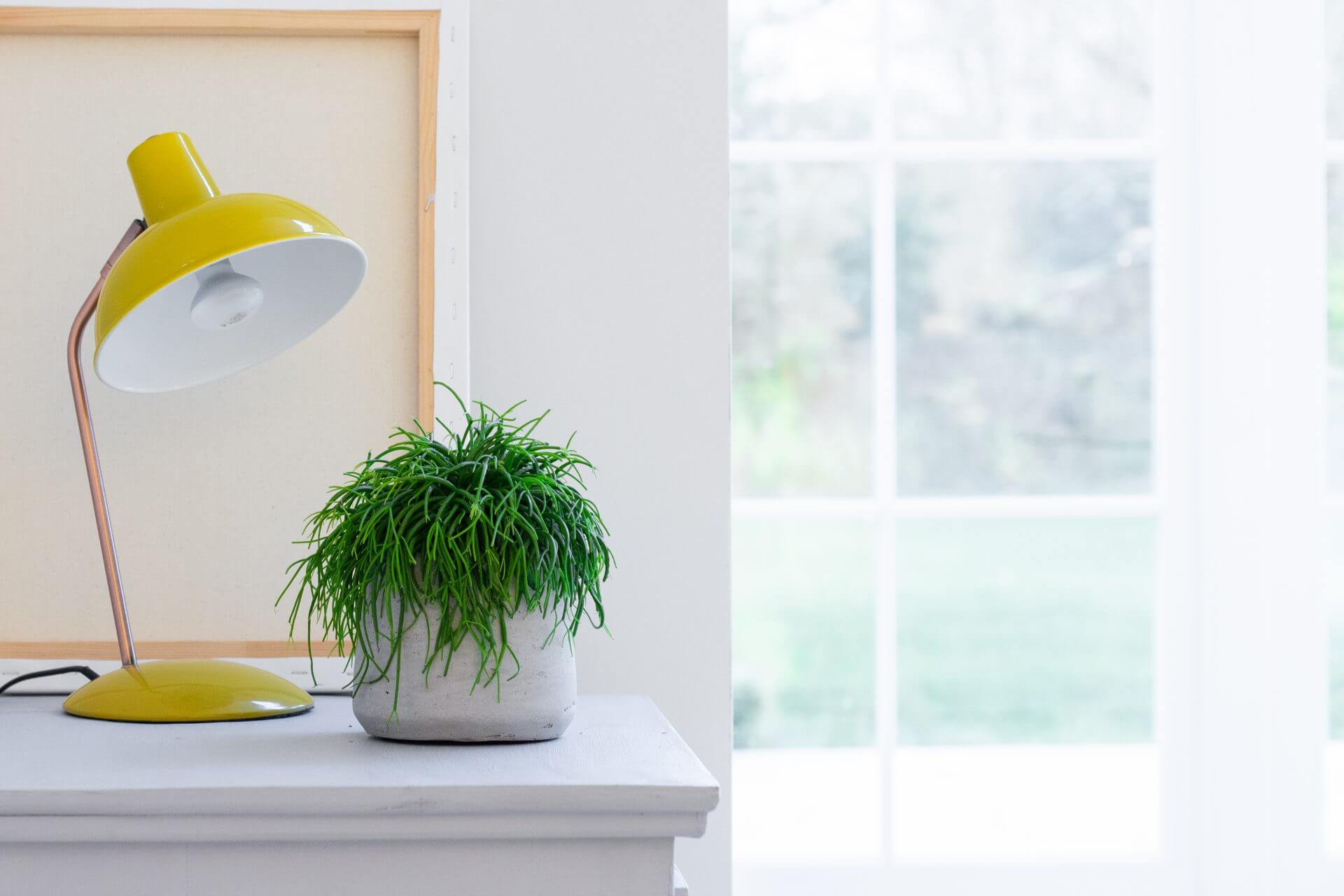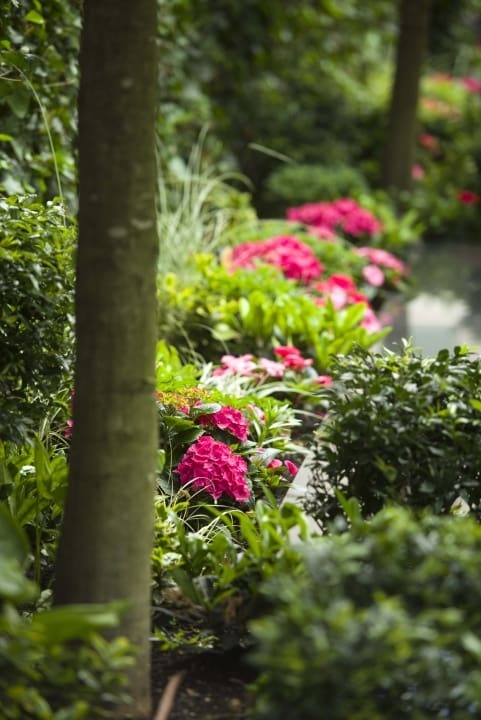Special guest blog by John Walters, Co-founder & Director of Questae Collective.
Businesses have many differing objectives. They have different visions, and goals. They have different internal cultures, societal belief systems, habits, traditions. Things are done in a certain way because that is how they do them! They have hierarchy, roles, responsibilities, and structures. They also have many different departments, all with their own differing cultures, personalities, and communication processes.
But the one thing they do all have in common, is that they all have PEOPLE!
Studies have found that 1 in 5 people take a day off due to stress, yet 90% of these people cited a different reason for their absence. Source MHFA England
And when we look at the statistics, it’s even more concerning. Data from the Office for National Statistics’ (ONS) 2019 report has found that “17.5 million working days were lost last year due to mental health-related sickness absence.” Source ONS Labour Force Survey
The report further found that stress, depression or anxiety accounted for 44% of all work-related ill health cases and 54% of all working days lost due to ill health.” Source MHFA England
The workplace is certainly shifting, and the past 10 months have accelerated this incredibly, irreversibly maybe (I hope so).
Culture within the workplace, whether that be at home, in the office, in transit, co-working space, or wherever it is, is now more than ever changing how we work, how we interact, how we communicate.
So how do we ensure that this shift takes us towards a culture of health and wellbeing?
How can businesses embrace this shift to help their people nourish, thrive, and expand?
The first question we often get asked is “what is wellness?”
Our take on this is that wellness is an active process of becoming aware of, and making choices toward, a healthy and fulfilling life. It is more than just being free from illness; it is a dynamic process of change and growth. Wellness is a state of complete physical, mental, and social wellbeing, and not merely the absence of disease or infirmity.
“Physical and mental health are inextricably connected; without one, the other cannot thrive.” An interview with Rex Millar www.rexmillar.com
Businesses that have already engaged in programmes, or implemented strategies or shifts in their culture to embrace, promote, and live by the pillars of wellness, they really are making a difference, but not only to their people, to themselves as well.
By treating their people as individuals, by empowering them and creating a culture that has a focus on offering, and expanding ideas, knowledge, techniques, and skills to enhance wellness and wellbeing, they have shifted their culture in a way that supports, guides, and encourages individuals with the aim of enhancing physical, mental and emotional wellbeing.
So, what’s in it for the business?
Vitality Health’s ‘Britain’s Healthiest Workplace’ initiative has proven that businesses that embrace wellness as a fundamental part of their culture do thrive and succeed and expand in many more ways that just bottom line. In fact, in an open letter to business leaders in the 2019 2019 Health at Work Report, Neville Koopowitz, CEO of Vitality UK writes, “when employers embark on promoting better health among their employees, there are no losers. Employees are healthier, happier, and more engaged with their work: employers benefit from a more productive and motivated workforce, with lower levels of sickness absence.”
These benefits include:
- Greater employee engagement
- Enhanced productivity
- Reduced employee burnout
- Reduced sick days
- Reduced absenteeism
- Enhanced positive communication
- Less stress
- Increased profitability
- Attraction and retention of staff
- Happier healthier people
- Enhanced communication
- Resilience
On top of these benefits, the people, the staff, and I mean all of them all the way up to the executive leadership teams, will benefit from a greater understanding of wellness, and will have a better understanding of themselves, their emotions and those of their colleagues.
But what really makes the change is the tool kit that they will all have within their own personal armoury. They will have the knowledge, the skills, and the confidence to manage many situations and scenarios that currently they would not. Situations that may cause them, and those around them, distress, stress, anxiety, panic, mood changes and many more.
They will know what they need to do for themselves, and how to encourage others.
So, what are some of the simple, and easy to achieve tools, tips or activities that we can take part in?
Get out and into nature, embrace the sunshine and fresh air or, when indoors, whether in the home or workspace, bring nature with you by introducing biophilia, which literally means ‘love of life’. This can improve productivity, lower stress levels, enhance learning comprehension, and increase recovery rates from illness.
Researchers have found that more than 90% of people would imagine themselves in a natural setting when asked to think of a place where they felt relaxed and calm. Being in or around nature makes us feel good, our physical and mental wellbeing depends on us spending time in a natural environment and this affects our productivity and general wellbeing too. Source Biophilia – What is it and why is it important? | Planteria. Similar benefits can be received in the work place from the installation of corporate plants in commercial spaces.
Exercise, no matter how simple (or intense), as well as eating nutritious food, maintaining good gut health, and keeping energy levels up, can help too.
Finding time and space for ourselves, whether this is meditation or reading a good book it important as well, as is laughter – watch a good old comedy (or a new one, of course).
Keep a check on finances, on your vocational ambitions, and recognise how you are feeling in your mind… how is your emotional wellbeing and what are you doing to maintain healthy, positive mindfulness?
By implementing and creating such inclusive, open and caring cultures, conversations that would normally be considered ‘unspeakable’ or ‘not for the office’ will be normalised. People will feel listened to, valued, appreciated, welcome, safe. They will have the tools to understand, be compassionate, caring, and be inclusive to all.
And there you have it, in simplistic terms, to enjoy the journey that wellness takes us on, we need to understand and implement the strategies that work for us, that bring us an overall feeling of wellbeing, and we can now see, and understand, in very simplistic terms, the many benefits to enjoy.
The key now is to get businesses to see, understand, value, and implement strategies within the workplace to complete the circle.
If you have read this, and you would like to know more, or if you would like to find out how we can assist, guide and implement programmes tailored for you, then please do get in touch on:

